In Silk Roads, the British Museum’s epic journey of a show, a sumptuous 7th-century wall painting portrays a courtly procession: a pale elephant, Zoroastrian priests, laden camels, women riding side-saddle, all against a lapis-blue backdrop. The six-metre mural was unearthed, almost intact, in the “Hall of the Ambassadors” in Samarkand — a major trading city on the historic Silk Road — flanked by scenes of India and China. On loan from Uzbekistan, the mural flaunts the artistry of a central Asian culture enriched by networks that stretched from Japan to Britain, Scandinavia to the Sahara, centuries before Marco Polo voyaged east from Venice.
Over at the Rijksmuseum in Amsterdam, Asian Bronze: 4,000 Years of Beauty, which opened the same week, explores the forgotten connectivity within Asia through one protean alloy. A Thai Buddha meditating cross-legged on a coiled, seven-headed snake wears an Indian-style robe and Mongol headdress. The Khmer inscription, in Javanese script, references a Sumatran king. On loan from Bangkok, this monumental sculpture from about the 12th century reveals a cosmopolitan south-east Asia long before Dutch colonisation.
These landmark exhibitions signal how Europe’s major museums are now rethinking global art history — and their own collections — for the 21st century. Each is unprecedented for its museum in using several core curators, rather than a lead specialist assisted by colleagues in the same field. “It’s unique,” Sue Brunning, one of three who collaborated on Silk Roads, tells me. While her own area is early medieval Europe, she worked with Chinese and Byzantine curators, “trying to tell stories outside academic silos”.


A tiny, green, copper-alloy Buddha from the 6th-7th centuries, seated on a double lotus, is the first of 300 objects on show in London. Made in the Swat Valley in today’s Pakistan, it was found on the Swedish lake island of Helgö in a 9th-century settlement. Once seen as an oddity, Brunning says, the Helgö Buddha now seems emblematic of what was a “deeply connected world”.
That Buddha embodies the show’s ambition to expand the desert-caravan “Silk Road” — so named by the 19th-century German geographer Ferdinand von Richthofen — to a web of trade routes linking three continents by land, sea and river. Along them, ideas, religions, artistic styles, fashions, technology, languages and, at times, plague flowed every which way with people and goods. While an early form of globalisation began with Columbus, this show’s timeline is 500-1000AD — roughly the fall of the western Roman empire to Viking landfall in the Americas. Evidence is piled up to debunk the view that this was a relatively insular period (Europe’s so-called Dark Ages), with rigid divisions between east and west.
Meandering between 15 trading hubs in one huge room, the show begins in Tang China, Korea and Japan, when silk was both luxury commodity and currency. Silk bolts — a 3rd-century buff one survives — were carried on huge Bactrian camels, such as the one here modelled in 8th-century glazed earthenware. Other influences flowed eastward, in horseriding dress adopted from steppe nomads, and a robe dyed blue with cobalt from Iran.
A shipwreck found in the Java Sea in 1998 yielded crucial evidence of transoceanic trade between China and the Persian Gulf in the 800s. Among its 60,000 Tang-dynasty goods were a silver bowl with a rhinoceros motif and some of the earliest known blue-and-white Chinese ceramics, possibly inspired by Islamic designs.
As revelatory was the sealed Mogao Library Cave, discovered in 1900 at a Buddhist temple complex near Dunhuang in northern China, with some 70,000 books and scrolls from the 800s and 900s in languages from Mandarin and Tibetan to Uyghur and Sanskrit. The manuscripts record that enslaved people, too, were traded along this route (a 28-year-old woman named Xiansheng was exchanged for five bolts of silk) as they were by Vikings for silver dirhams on another stretch of the Silk Roads: the rivers of the Norse “eastern way”, linking the Baltic to Byzantium.

No one is likely to have made the whole Silk Roads journey, making it less a marathon than a relay. Networks stretched into al-Andalus in Islamic Spain — whose fusion culture used bilingual coins in Latin and Arabic — the kingdom of Aksum in Ethiopia, and Ghana, renowned for gold. The earliest known chess pieces, found in Samarkand, were made in the 700s of Indian ivory. An incense recipe from Charlemagne’s Francia specifies Indonesian cloves and Himalayan musk (here, you can open flaps to smell musk or incense). In 8th-century England, the Mercian king Offa copied the Abbasid caliph’s dinar, with Arabic inscription, to emulate his power.
A timely reminder of the benefits of porous borders, the show underlines the tolerance that came with trade and travel. To secure safe passage, Tang China allied with Uyghur nomads, whose culture (now brutally suppressed) is manifest in the 10th-century funerary banner of a bearded noble in riding boots. The Bamiyan Buddhas, blown up by the Taliban in 2001, were admired by earlier Muslim travellers as divine wonders.
The show’s expansiveness (which, oddly, misses the Caucasus) risks overload. Yet the sheer weight of evidence helps overturn entrenched views of the past. Gold clasps from the Anglo-Saxon ship at Sutton Hoo in east England were newly analysed; the garnets in the Byzantine-style gold work from this 7th-century royal burial came from as far afield as Bohemia, Rajasthan and Sri Lanka.
Recent scientific work also bolsters Asian Bronze, whose three core curators were joined by a metal conservator. Among 75 masterpieces gloriously showcased as art not ethnography is a solid, two-metre-high 12th-century Shiva Nataraja statue from Tamil Nadu. European artists could make only hollow casts on this scale. The Rijksmuseum director, Taco Dibbits, tells me the museum lacked big enough scanners to confirm its solidity, so the dancing deity in a ring of fire was scanned through Amsterdam’s container port, affirming the skilled Chola-dynasty artistry that “brings casting to an incredible level”.
Taking a cue from the cross-cultural Bronze (2012) at London’s Royal Academy, this thematic show begins with the material: a versatile alloy of copper and tin, the latter rare but most abundant in south-east Asia. Initial works are a female figurine — one of the earliest known lost-wax sculptures — from Mohenjodaro, on loan from Pakistan, beside a rhinoceros on wheels, on loan from India. Both are from the Indus Valley civilisation of 2500-1500BC, now split by a frontier, though, as Dibbits says, “tin mines predate borders”.


The sacred sculptures are breathtaking, but even functional objects inspire awe, from a 12th-century BC Chinese wine vessel shaped like an elephant, to 15th-century AD Vietnamese incense burners resembling mythical lion-dogs. Master craftsmanship was handed down as living tradition: a lobster-shaped incense burner from 18th-19th-century Japan harks back to samurai armour-plating. The latest object is a bronze mirror made in Kerala for the show, so polished it resembles glass. Through them, the show not only traces leaps in an art once deemed static, but stylistic influences that rippled around the continent.
“It was always said that connecting the world was started by Europe,” Dibbits says. “But the story starts much earlier.” Uncovering buried connections between past worlds, these shows open up new ways of seeing our own.
‘Silk Roads’ to February 23, 2025, britishmuseum.org; ‘Asian Bronze’ to January 12, 2025, rijksmuseum.nl/en

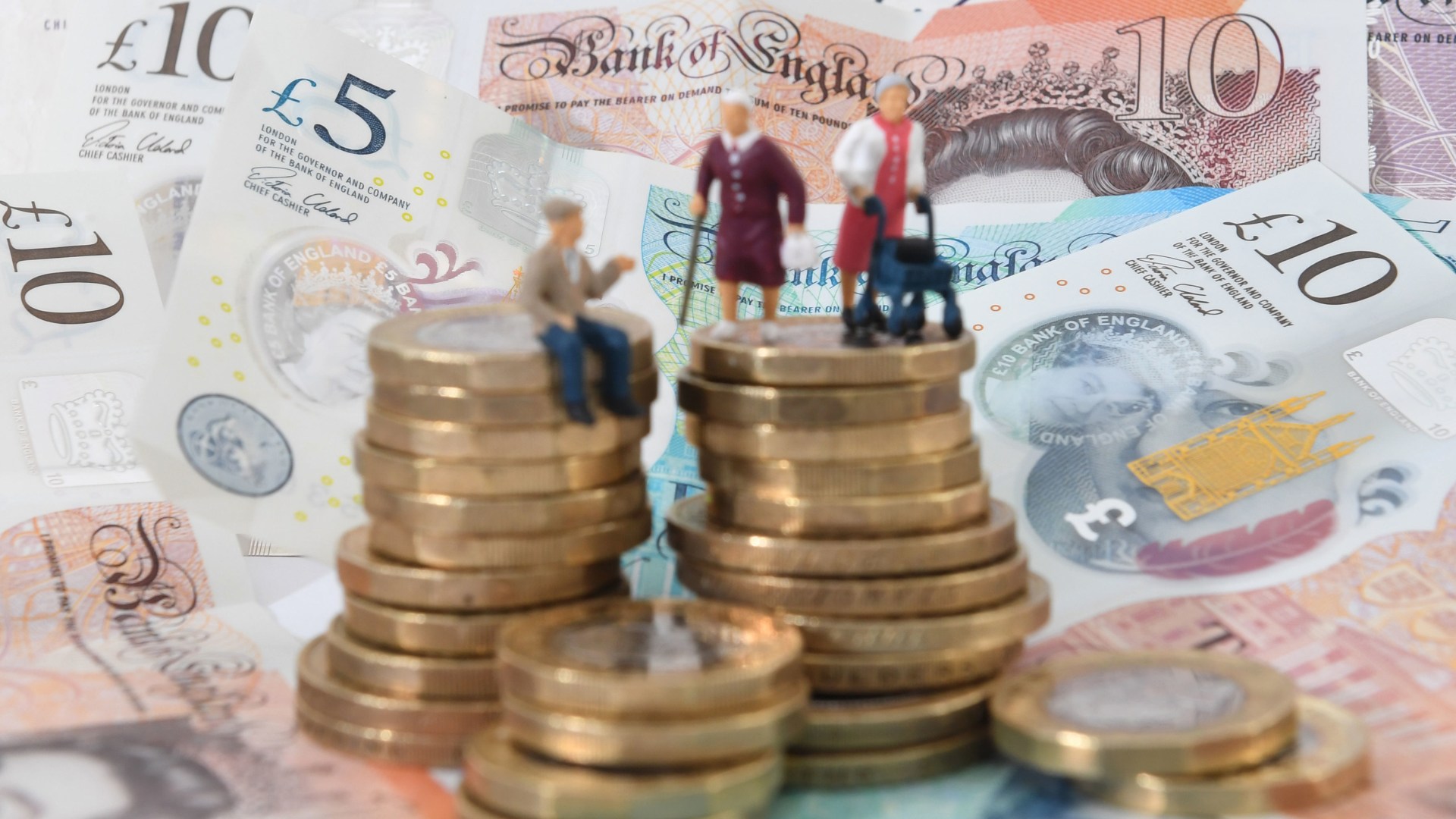







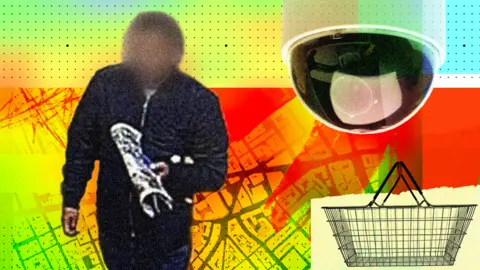
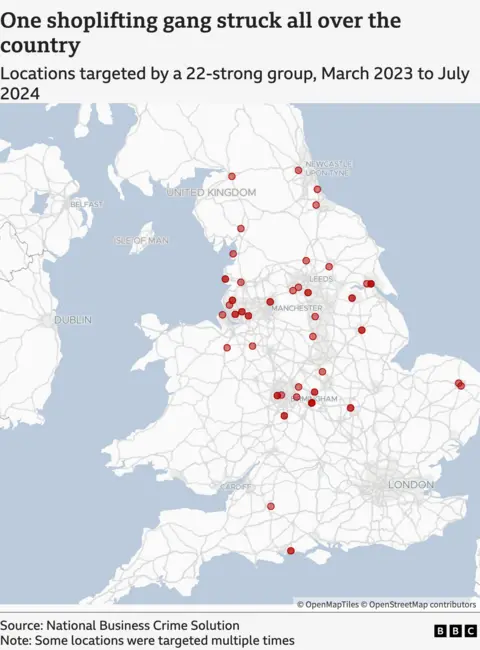
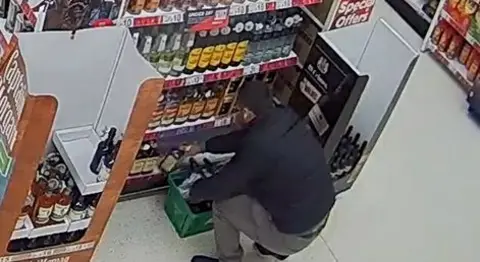
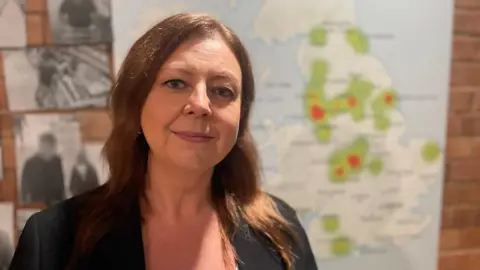
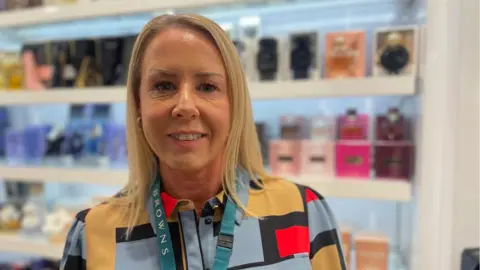
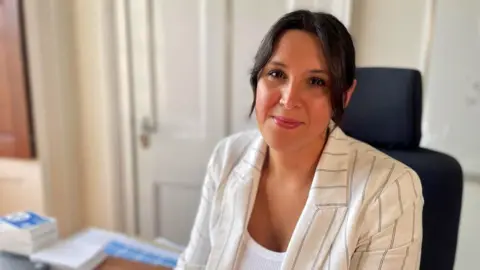
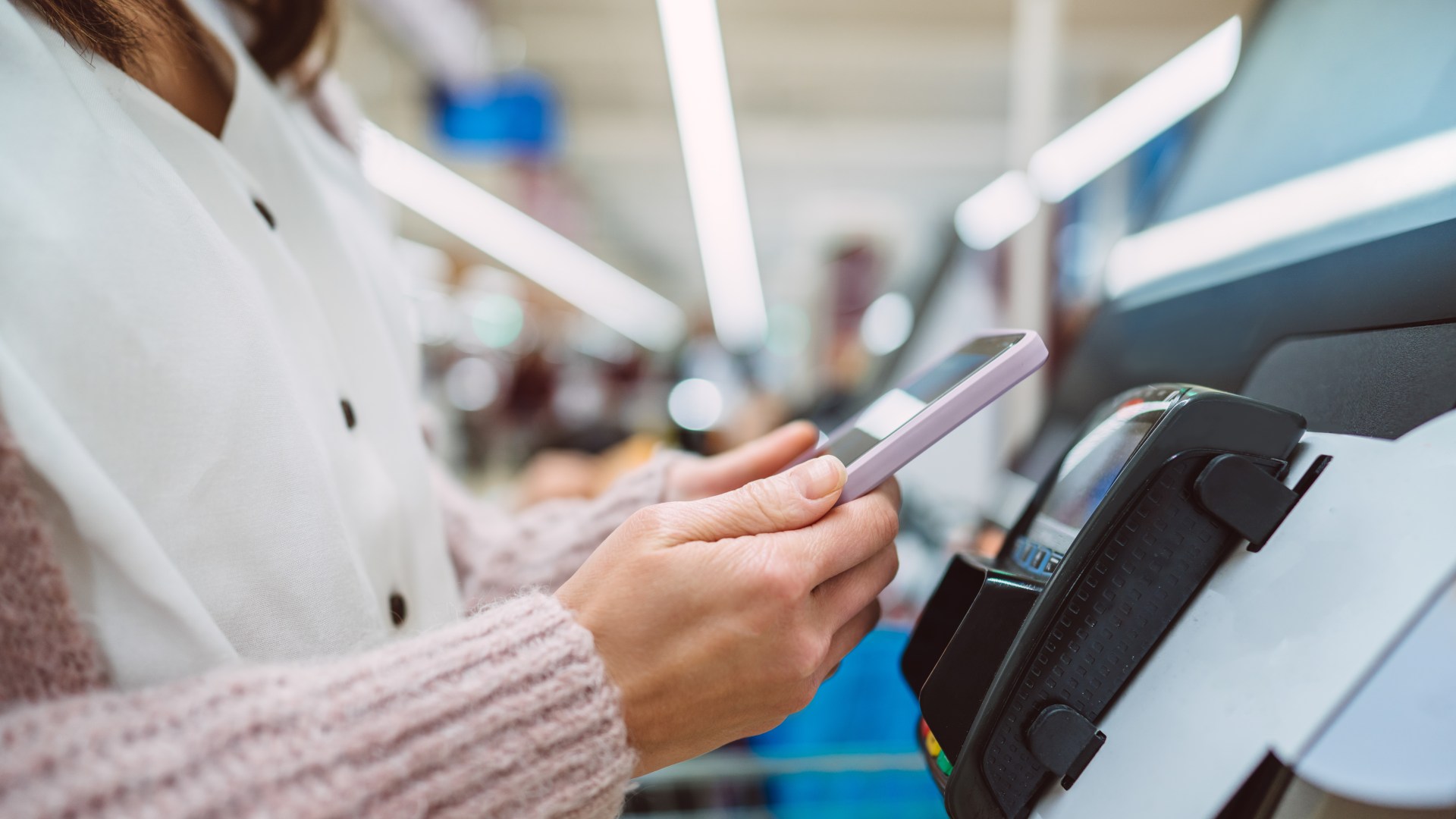

































































































































You must be logged in to post a comment Login